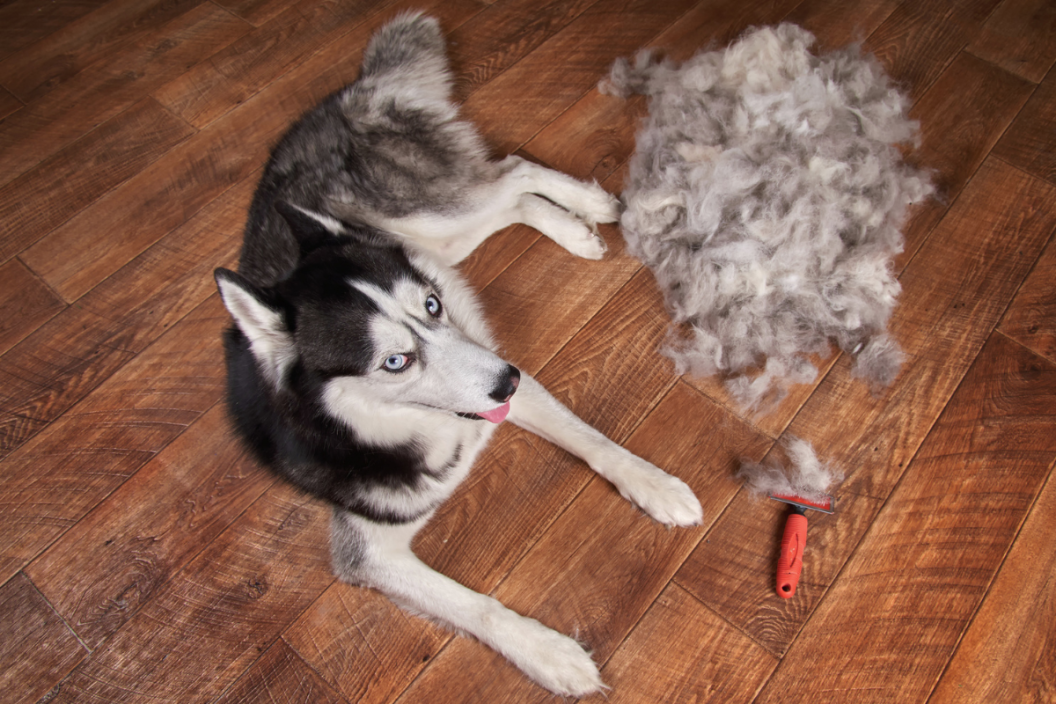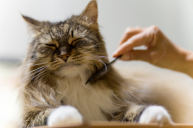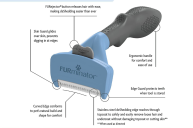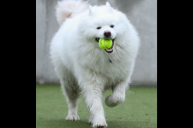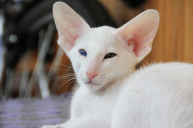If you have a dog with a single layer coat, you might not understand the full horror of a coat blow. Coat blow leaves your house a whirlwind of dust bunnies, fur tumbleweeds, and other furry undesirables. To add insult to injury, dogs blowing coat usually look like they've just strolled out of the woods, no matter how much time you might spend brushing them. If your dog looks to be part werewolf during shedding season, you're not alone. But why is your husky blowing coat?
All dogs shed, of course, but double-coated breeds don't bother doing it halfway. These breeds will make you feel like no amount of vacuuming or cleaning can ever catch up with the sheer volume of furry fleece billowing out of their backsides. Huskies and other cold weather dogs are particularly bad. Unfortunately, coat blow is hard to keep up with no matter how great your housekeeping is, so don't feel too bad about it. The fur can be overwhelming, but it's completely natural. Here's why your furry friend insists on divesting his weight in fur every year, and what you can do about it.
What Blowing Coat Means

If your husky's coat is shedding massively and you're seeing this hair loss for the first time, we can tell you right now that you don't need to worry! It is completely natural for double-coated dog breeds to be "blowing the coat", a process where the dog switches from his winter coat to his summer coat. Shedding the old hair is essential for new hair growth.
Double-coated dog breeds, such as Siberian Huskies, Samoyeds, Akitas, Malamutes, and even German Shepherds have a double coat consisting of a soft undercoat and a topcoat with long, coarse guard hairs. The undercoat is essential for these breeds to stay warm in harsh winter conditions or just brutally cold weather.
In general, the highest shedding season will occur during the Spring and Fall seasons— when the temperature changes and the doggy wants to shed their thick coat to make way for the summer coat, and vice versa. When the seasons change, the coats switch so they can adapt to the new conditions. The transition allows them to be comfortable all year long.
Instead of shedding, where only a few hairs come out, double-coated breeds blow their coat and the undercoat comes out in large clumps. You may think that enough hair is coming out to leave the dog bald, but there is always more fur loosening up. You can end up with trash bags full of loose hair during a coat blow— just don't be scared off by the ungodly amount of hair coming from your dog's undercoat!
For dogs who blow their coat, going to the groomer for a good dog grooming session is unnecessary. The fur and dead hair fall out naturally and, in fact, double-coated breeds should never be shaved. The hair is a necessary protection against the cold, but also against the heat and sun rays. Not to mention, shaving a dog with an undercoat will make them look pretty terrible! Hilarious, but not particularly fun for you or the dog.
What Blowing Coat Looks Like
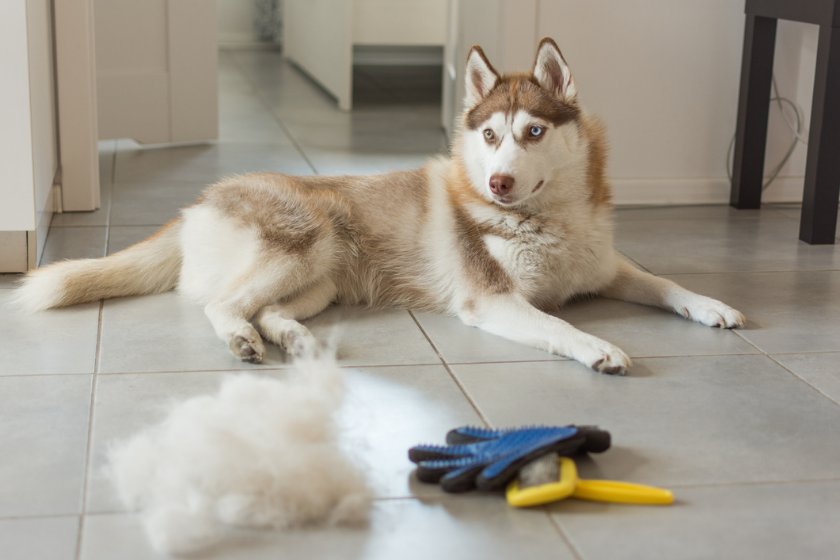
Dogs going through a coat blow can often look very raggedy. The hair can clump up to the point where it looks like sheep wool.
The coat can blow very unevenly, with some areas making the new coat transition faster than others, giving the pup a very patchy appearance. If your dog is blowing coat, you can probably pull out tufts of fur from patches of their coat without much effort. You'll know it's coat blow because there's always more coming out, even after you've removed a significant amount!
How Often Dogs Blow Their Coats
Because most dogs are kept inside as pets in climate-controlled homes, the coat blow process can change.
The frequency and severity of a coat blow depends on the breed and gender of the animal, the change in the seasons, and whether or not the dog is spayed or neutered. Dogs can have thicker and denser coats after being "fixed." Depending on the breed, you can expect extra fur for several weeks each season, so be prepared with dog grooming tools and a lot of patience!
Managing Coat Blow
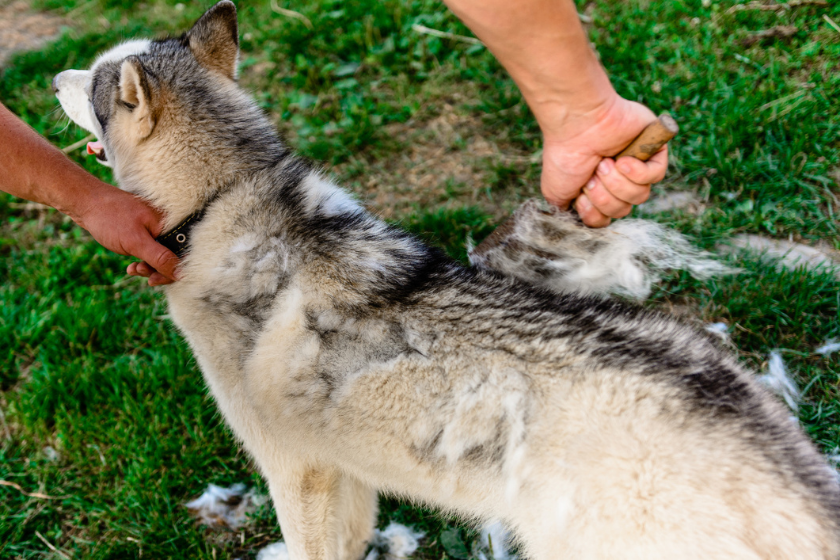
You can help your dog through a coat blow and keep the hair tumbleweeds to a minimum by having regular grooming sessions every day for at least fifteen minutes. Using grooming tools like an undercoat rake, a slicker brush, a Furminator, and/or a Greyhound comb will help remove the loose undercoat and will speed the process along, helping your dog feel more comfortable. Keeping up with a grooming routine means that your pup's shedding process won't take over your house, making both you and your furry friend much happier.
As frustrating as a coat blow can be for a double-coated dog owner, it doesn't make them any less loved! It just means there's a little extra dog hair around the house.
Do you have a double-coated dog? How do you manage coat blow? Share your experiences with us on the Wide Open Pets Facebook page!
This post was originally published October 6, 2017.
